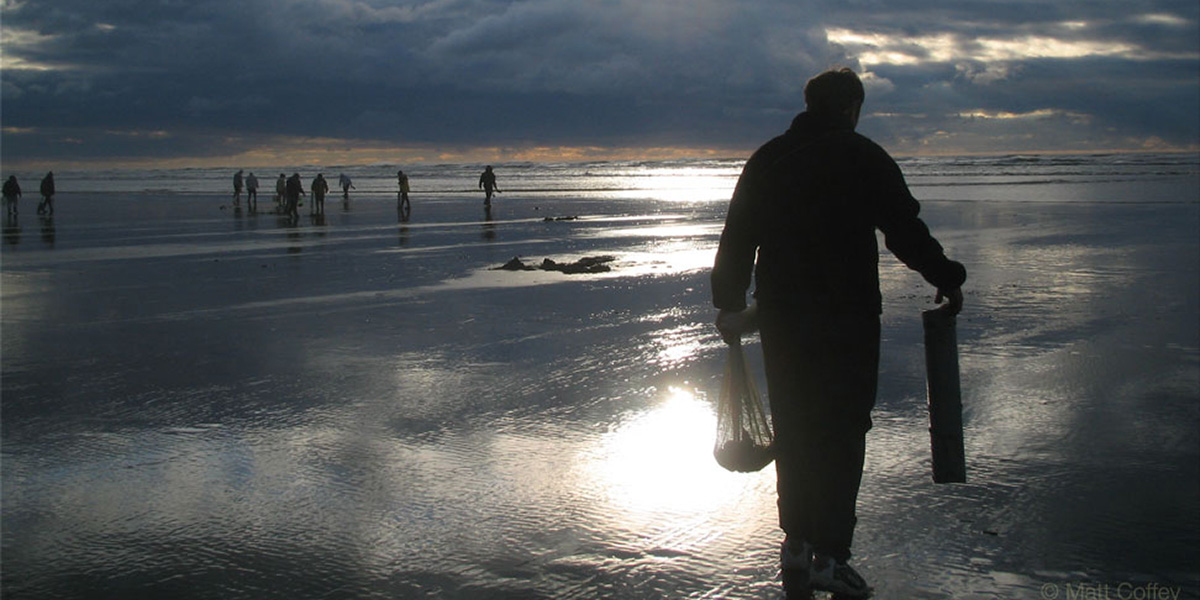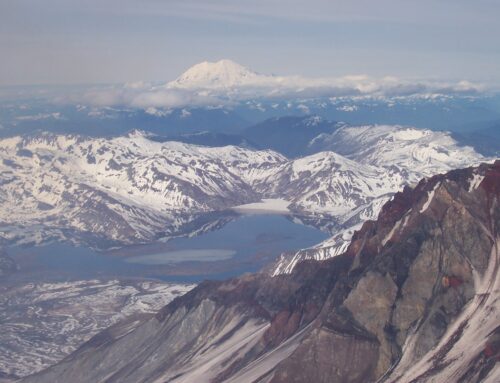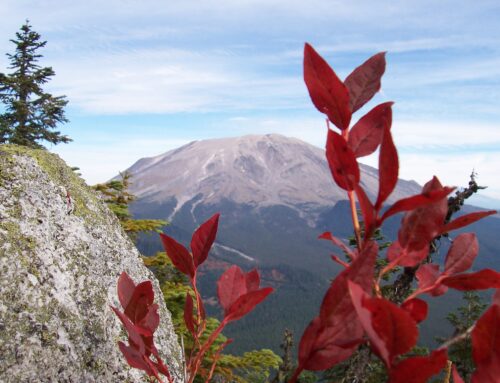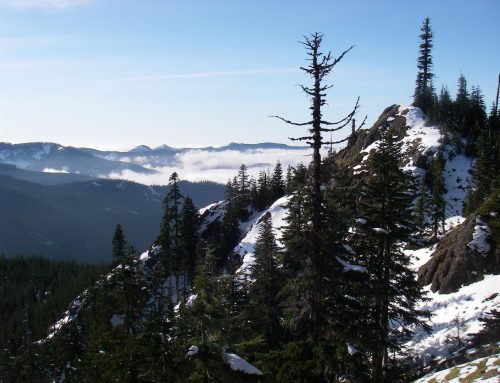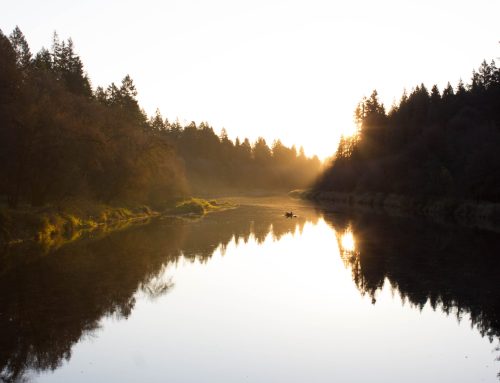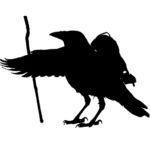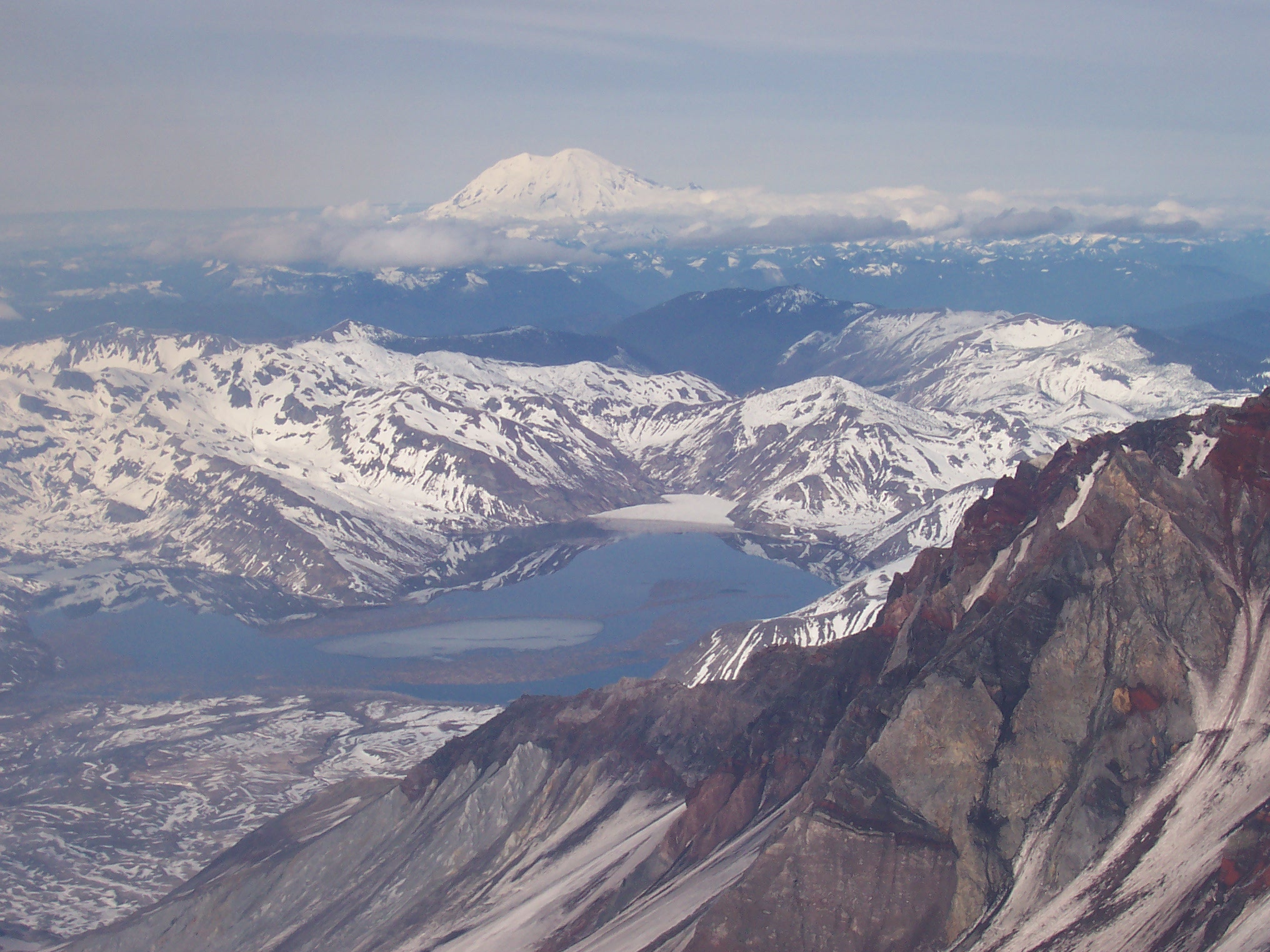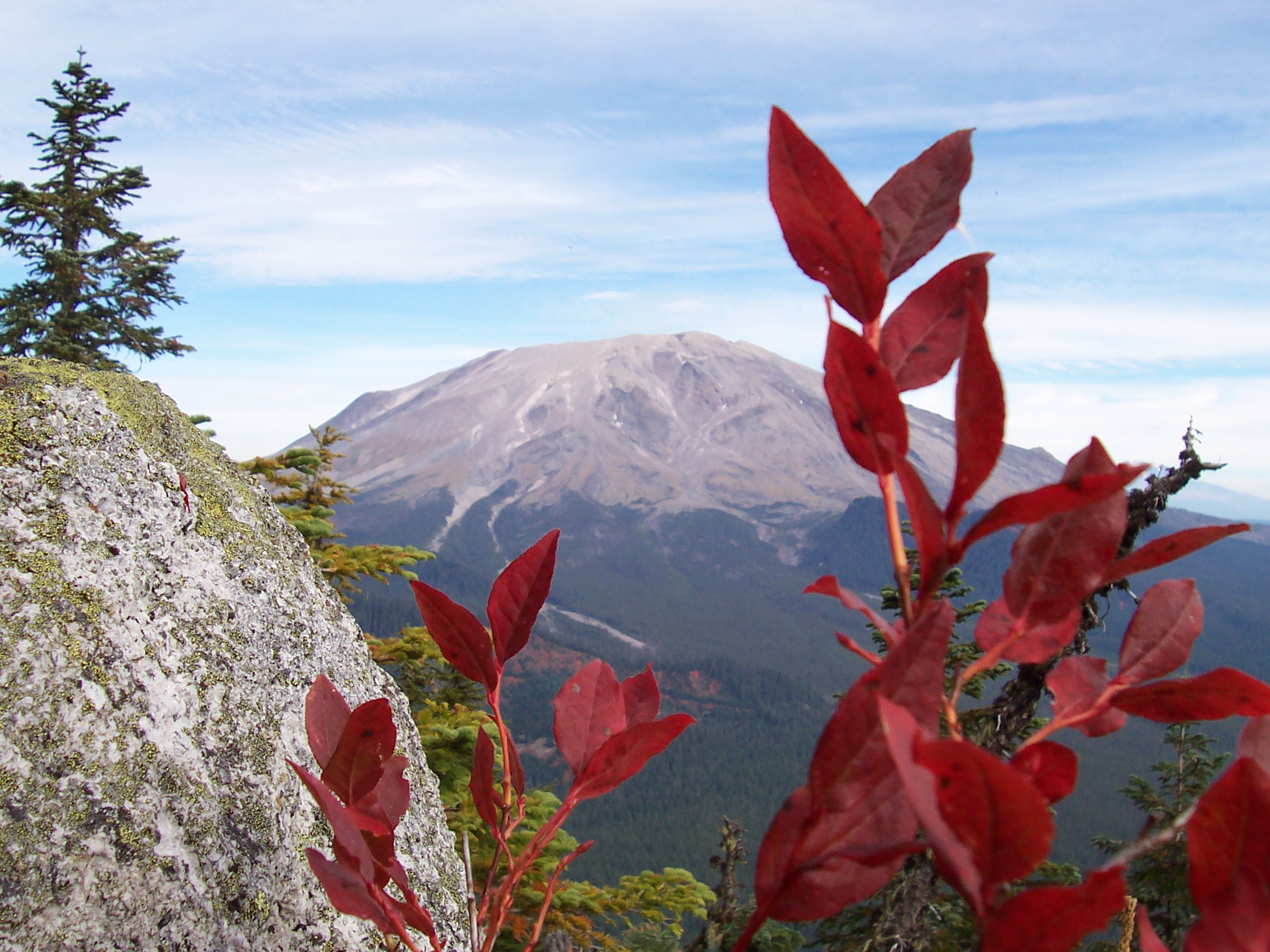Several times each winter, a natural migration occurs along Washington’s Long Beach Peninsula. A migration that is timed to coincide with the peak availability of an abundant local food source. A migration that briefly inflates the native population of this small strip of coastline. This migration is the seasonal influx of modern humans into the Long Beach area to harvest Pacific Razor Clams.
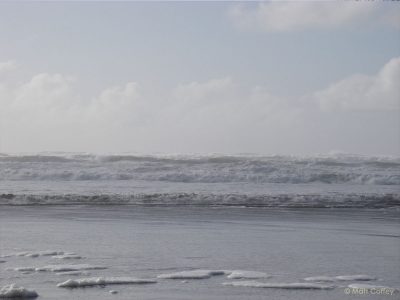
Heavy surf, common during winter months.
The indigenous peoples of the Pacific Northwest enjoyed a rich land and an unusual bounty of food. Western Washington is the North American continent’s premier nursery for growing extensive flora and fauna. The mild winters, cool summers, rain, rain, more rain, snow hoarding mountain ranges supplying extensive river networks, and the nearby ocean provide the warm and wet environment necessary for robust ecosystems. In contrast to native populations in other parts of the continent, northwest peoples were able to sustain relatively large populations and permanent settlements while living the “subsistence lifestyle”. Subsistence living (hunting, gathering, and harvesting naturally occurring foods) relies on the land’s natural food production. The Pacific Northwest is relatively unique in that its inherent ecological abundance supported large native human populations. These native peoples enjoyed a comparatively stable and peaceful life without having to rely on extensive coordinated agriculture, a politically complex society, or constant warfare to control scarce resources. Aquatic life in the nearby Pacific Ocean provided a large portion of the food that sustained these indigenous populations. We moderns can catch a very small glimpse of that subsistence experience during the razor clam sport harvest.
The razor clam life is a simple one. Released as eggs into the open water by parent clams, larvae begin to develop into juvenile clams within five to sixteen weeks and settle into the sandy coastline as their shells develop. Once planted on the sandy shoreline, the razor clam remains in place. After settling into the beach as an adult, the clam will only move vertically down into the sand to escape predators and rise to seek food. The clams muscular foot allows quick digging into the sand. Speeds of up to four feet per minute have been observed. The clam digs by extending its foot down into the sand, expanding the end of the foot like a rivet, and then pulling itself into the sand. A clam feeds by extending its muscular neck upward from its shell into the plankton-filled ocean. The neck serves to move food-bearing seawater through the clam. Razor Clams enjoy the sub-tidal and inter-tidal shoreline of surf-pounded beaches. Clams reach maturity in the second year of their life and typically live no more than five years.
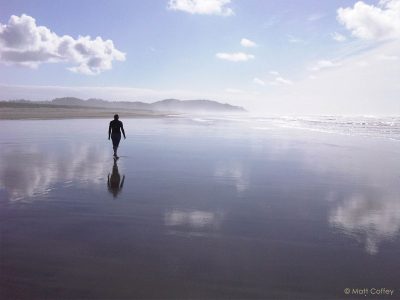
There is more than clam digging at Long Beach.
Harvesting razor clams consists of walking the beach during low tide and quickly digging up any clams you find. Razor clams are fairly easy to dig up from their sandy burrows. Finding those burrows, however, is an acquired skill. The water flowing in and out of a feeding clam’s neck leaves a small mound on the surface of sand which has been freshly smoothed by the receding tide. These coin-sized mounds protrude only a few millimeters above the sand’s surface. Finding these small mounds scattered throughout thousands of square yards of beach takes practice. Digging out a discovered clam is a much easier process. The most popular digging technique is to use a “clam gun”, which is a several foot long section of approximately four inch diameter pipe sealed at one end and sharpened at the other. The gun is placed over a clam mound, quickly twisted into the sand, and then quickly removed. The goal is that the load of sand contains a clam as well. Another popular, though slower, technique is to quickly dig out the sand beside the clam. Hopefully you can dig faster than the clam.
The Washington Department of Fish and Wildlife (WDFW) manages the razor clam population by scheduling clam digs when clam numbers are robust and their meat safe is to eat. In contrast to Oregon, which allows continual razor clam harvest throughout a season, Washington uses brief, occasional digs to provide a more controlled clam collecting experience. As a result, when the state authorizes a dig, there are clams to be had. Though the Long Beach Peninsula is the closest clam digging location to the Lewis River Valley (about 100 miles/two hour drive), clam digs are also authorized at Twin Harbors, Copalis Beach, Mocrocks, and Kalaloch. Visit the WDFW website to check for the next scheduled clam dig. All clam diggers aged fifteen years and older must have a recreational shellfish license. A license to harvest razor clams costs about $11 and can be purchased at many different retail locations.
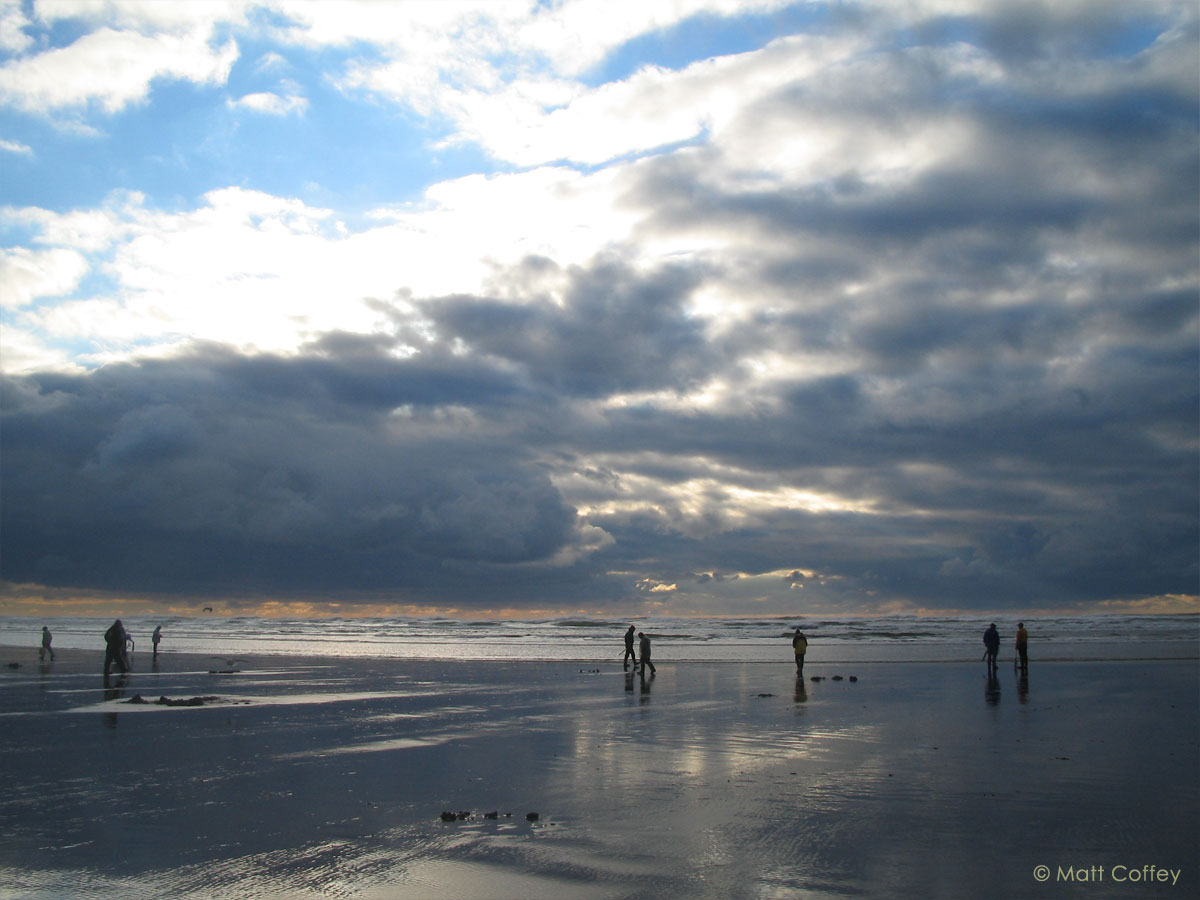
Clam diggers searching; the small sand piles the result of recent digs.
There are two route options when traveling from the Lewis River Valley to Long Beach. Option one, the slightly faster route, is to cross the Columbia river at Longview and proceed up Oregon Highway 30 to Astoria. Cross the Columbia from Astoria back over to Washington and proceed north on Highway 101 towards Ilwaco/Long Beach. Just south of Long Beach continue onto Highway 103. Option two, the scenic route, is to follow the north bank of the Columbia River from Longview to Long Beach using Washington Highway 4. From Long Beach use a map, or inquire locally, to find beach access. Park on the dry sand portion of the beach and begin your clam quest.
In contrast to Long Beach’s crowded summertime tourist season, heading to the coast during the winter months is surprisingly relaxing. Without the beach crowds, traffic, and parking problems of the summer months, one is free to enjoy a slower coast experience. Razor Clam digging provides an inexpensive, leisurely way to experience the Northwest’s bounty and is a great excuse to take a trip to the Washington Coast. It’s only a short drive away.
Links to Check Out: WDFW Razor Clam Page: www.wdfw.wa.gov/fishing/shellfish/razorclams/current.html

